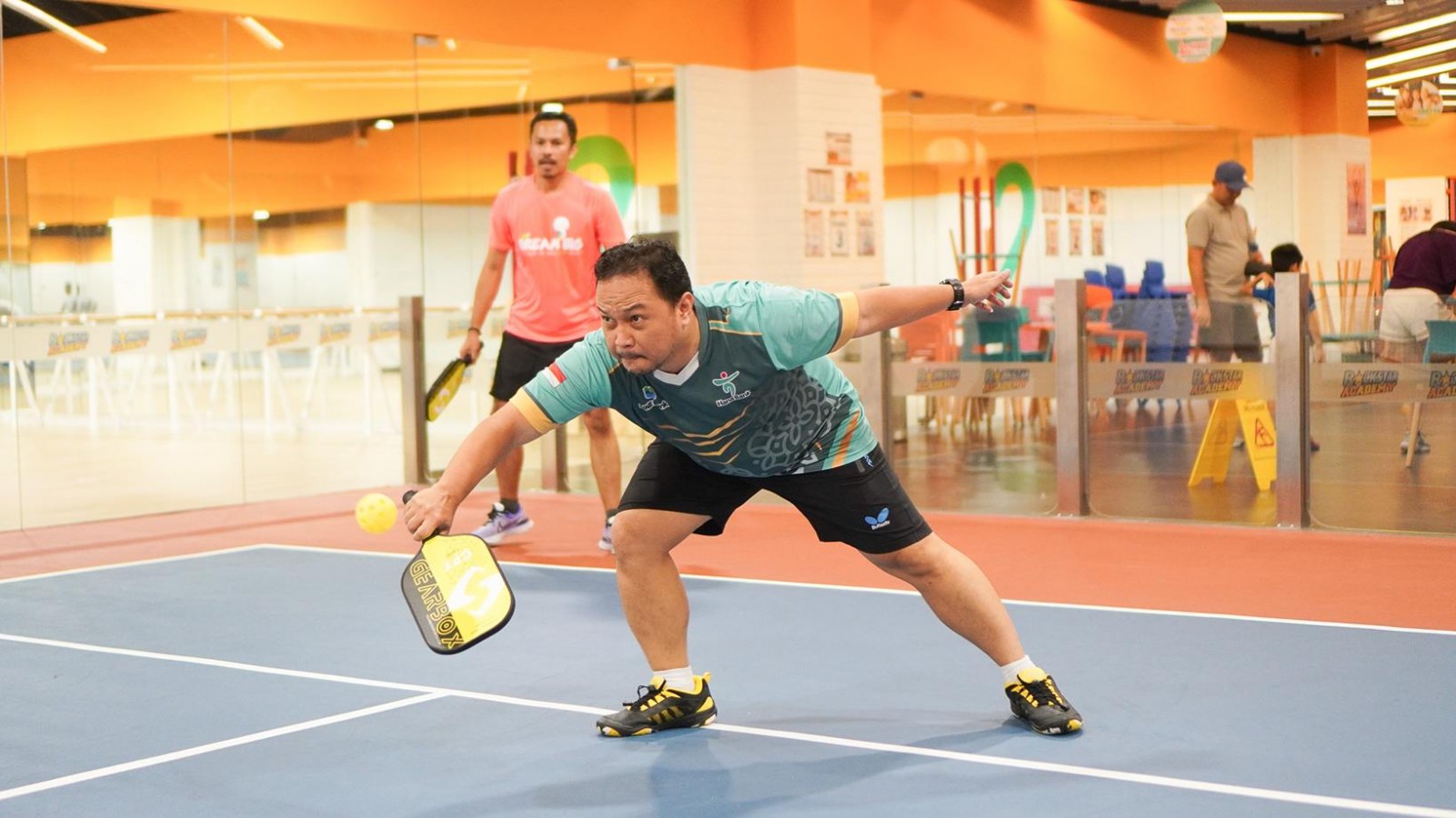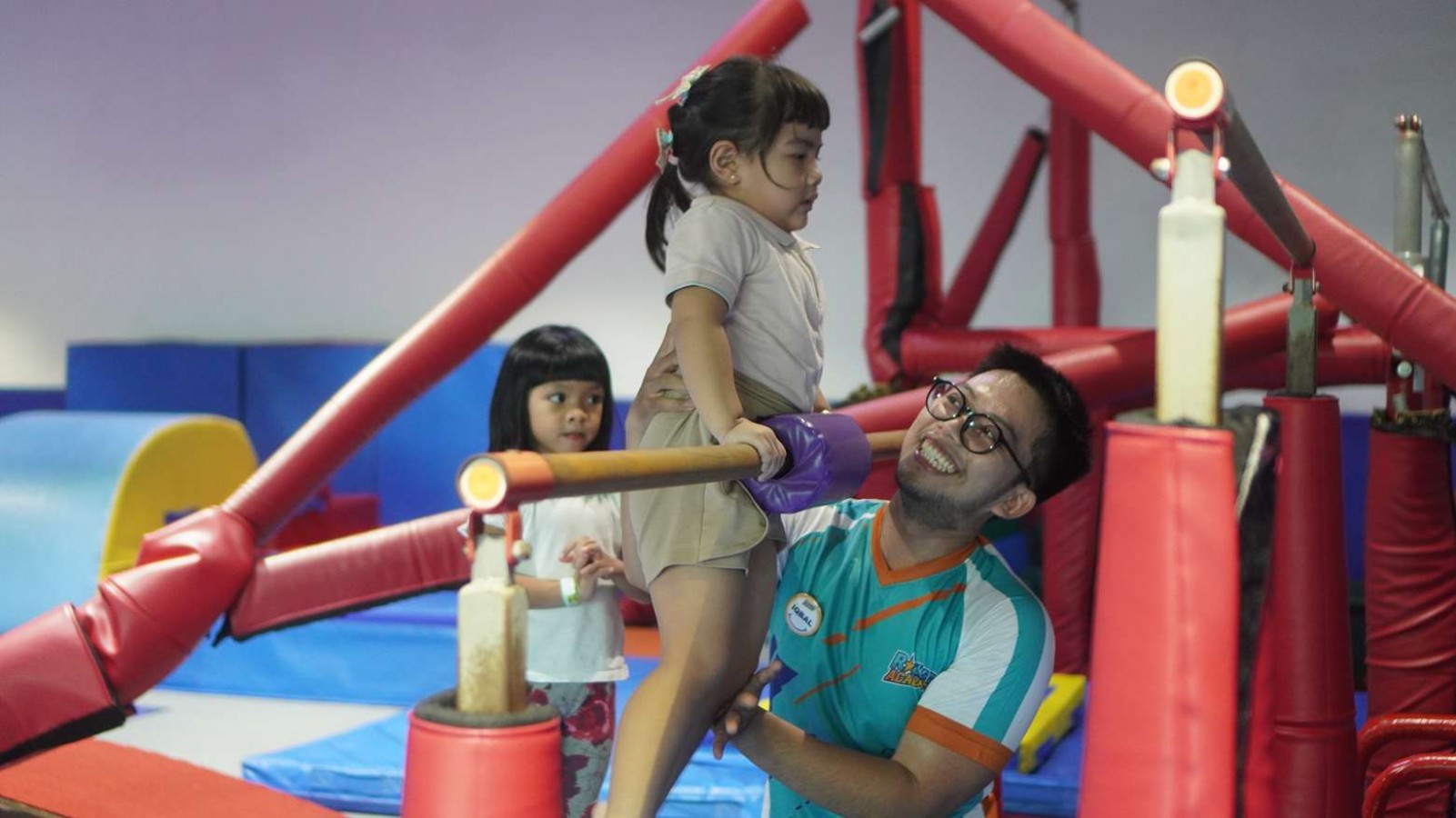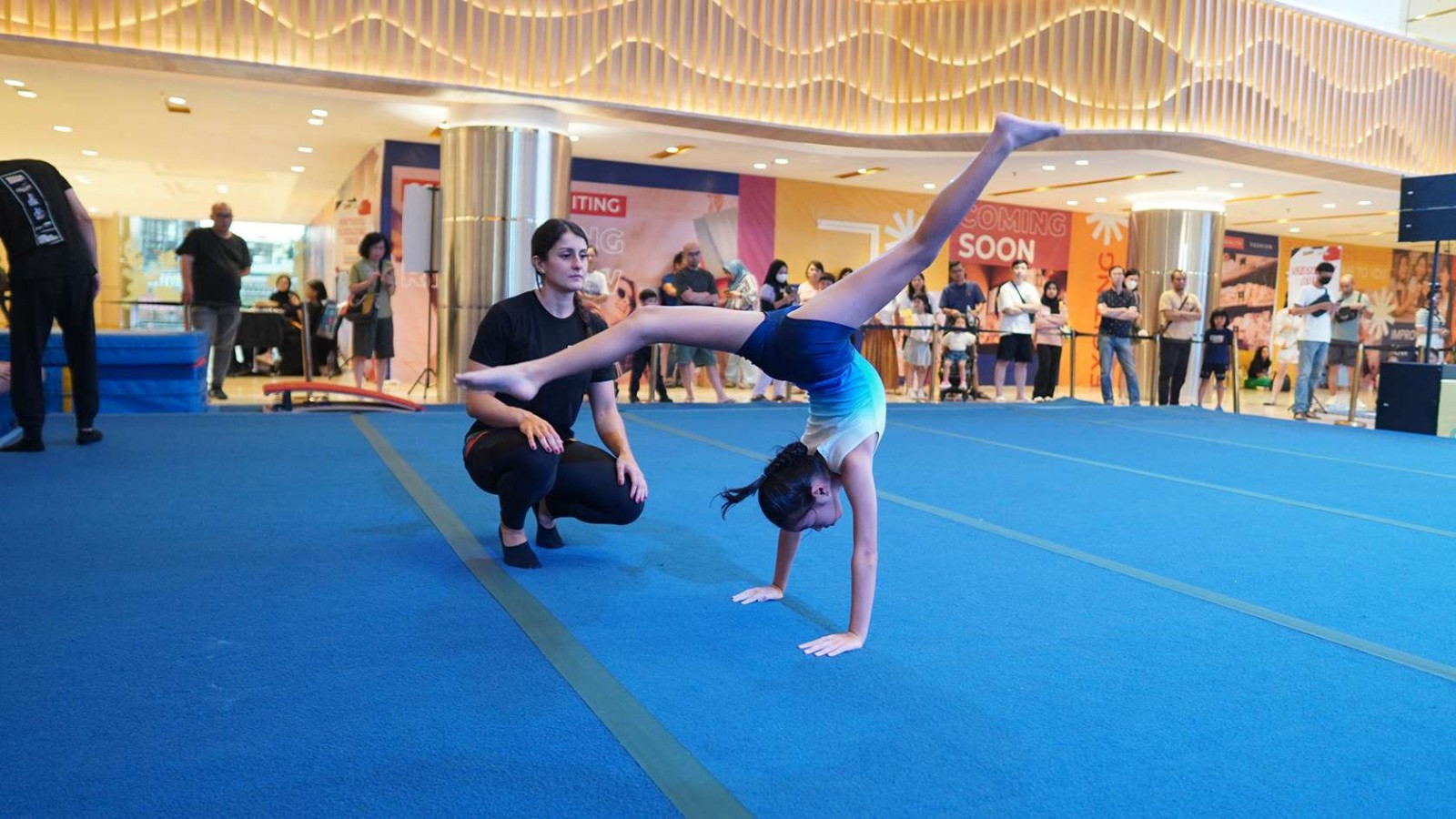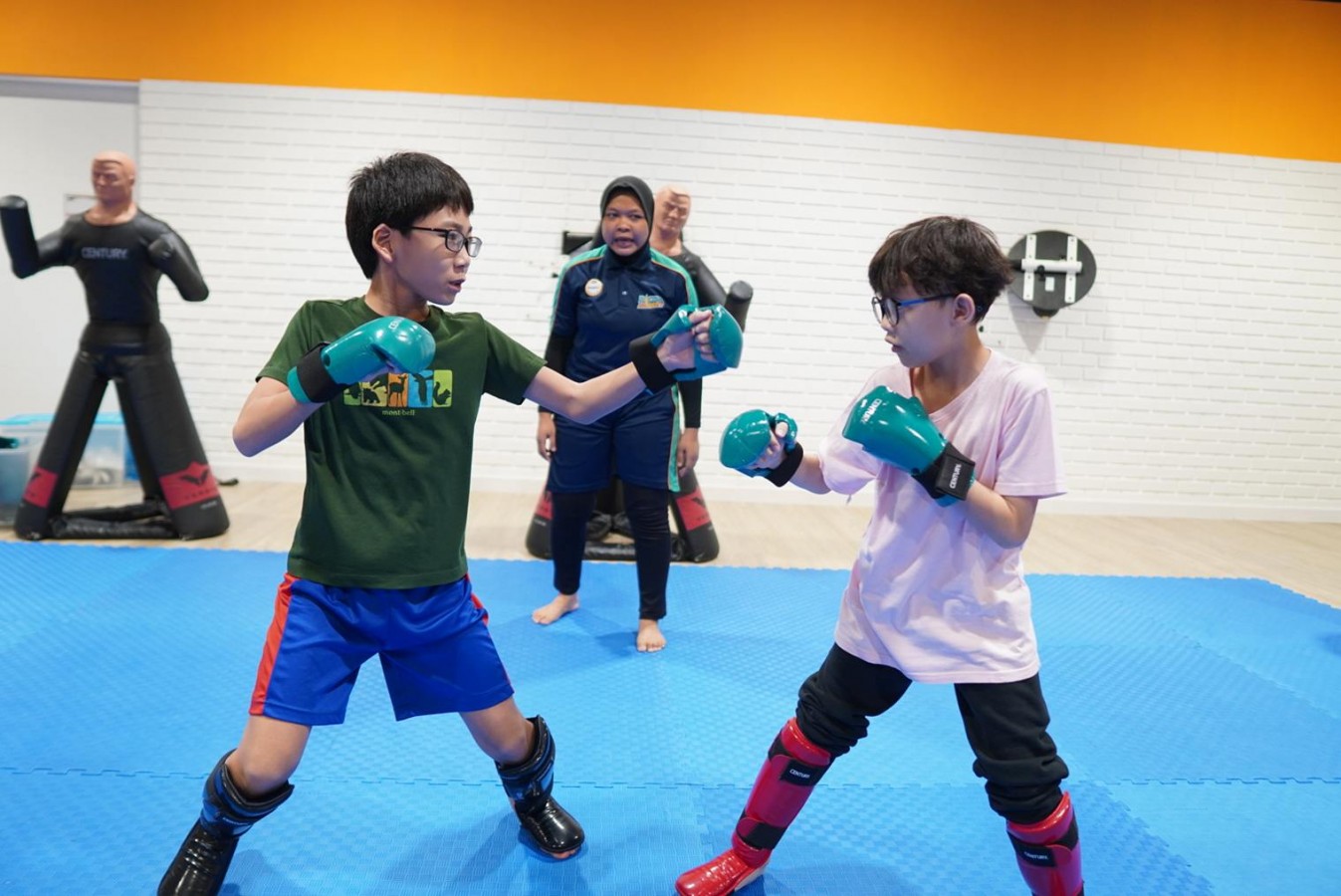Top Tips for a Powerful Pickleball Serve

Pickleball serve holds the key to dominating the court with finesse and precision. Mastering this essential skill can elevate your performance and give you a competitive edge against opponents.
If you're a novice player, refining your pickleball serve technique is crucial for achieving success on the court. In this article, we will delve into some top tips to enhance the potency of your pickleball serve and amplify your gameplay skills.
Types of Pickleball Serves
When it comes to pickleball, the serve is your first opportunity to take control of the game. Among the various types of serves in pickleball, two key techniques stand out: the volley serve and the drop serve.
Each serve offers its own unique advantages, catering to different playing styles and strategic approaches on the court. Here are two types of serves in pickleball:
A. Volley Serve
The volley serve in pickleball involves striking the ball immediately after the serve, without allowing it to bounce.
This aggressive serve requires quick reflexes and impeccable timing, as the goal is to catch opponents off guard and put them on the defensive right from the start.
By capitalizing on the element of surprise, players can apply pressure and gain early control of the rally, setting a strong tone for the game.
B. Drop Serve
The drop serve introduces an element of unpredictability by allowing the ball to bounce before the serve is taken. Players can drop the ball from any height, and it can bounce more than once before being struck.
Unlike traditional serves, players are not restricted by rules regarding the motion or technique used to hit the ball, providing creative freedom to vary spin, speed, and placement.
This serve strategy aims to disrupt opponents' rhythm and set up advantageous positions on the court.
The Pros and Cons of Each Type of Serve
The traditional volley serve excels in speed and power, as hitting the ball just below the height of the navel allows for maximum impact and drive behind the shot. It's a favored choice among experienced players for its aggressive start to the game.
While powerful, the volley serve can be predictable, and opponents may anticipate its trajectory. It requires precise timing and technique to execute effectively.
On the other hand, the drop serve offers the advantage of added spin, making it harder for opponents to react and return effectively. It's particularly useful for beginner and intermediate players seeking to ensure successful serves and experiment with different techniques.
Despite its spin benefits, the drop serve sacrifices power due to the lower contact point, limiting the force that can be generated behind the shot. Professional players typically favor the volley serve for its ability to deliver potent serves.
The Pickleball Serving Rules
In pickleball, serving is governed by several key rules to ensure fair play and proper execution. Firstly, serves must be made using either an underhand or backhand motion, maintaining the integrity of the game's style.
Additionally, the point of contact between the paddle and the ball must be below the server's waist, with the paddle head staying below the highest part of the wrist during contact.
Serves must land within the diagonally opposite service area, enforcing strategic placement on the court. Proper foot positioning is also essential, ensuring players adhere to the rules and maintain a consistent serve delivery.
Lastly, only one serve attempt is permitted per server, emphasizing the importance of accuracy and concentration during each serve. These rules collectively uphold the standards of pickleball serving, promoting fairness and skillful play on the court.
The Pickleball Serving Sequence
Before the serve, the score is called aloud, a responsibility held by the server to ensure clarity and readiness for both teams. In doubles, the player positioned on the right side of the court initiates the serve at the start of the game or following a side out.
However, in singles, the service side depends on the score. Pickleball scoring employs a three-number system: the serving team’s score, followed by the opponent's score, then either 1 or 2 designating the first or second server after a side out.
For instance, a common pickleball score might appear as 6-3-2, indicating a score of 6-3 with the serving team’s second server.
Tips to Execute a Perfect Pickleball Serve
The serve in pickleball sets the stage for every point, making it a crucial skill to master. A well-executed serve not only starts the rally but also puts pressure on opponents from the outset.
Whether you're a beginner looking to improve or an experienced player aiming for perfection, here are some tips to elevate your pickleball serve game:
1. Find a Pre-Serve Routine
Establishing a consistent pre-serve routine helps you get into the right mindset and rhythm before each serve.
Experiment with different routines to discover what works best for you, whether it involves visualizing your serve, taking deep breaths, or bouncing the ball a certain number of times.
Once you find a routine that feels comfortable and effective, stick to it to maintain consistency in your serves.
2. Perfect Your Serving Technique
Maintaining a relaxed and loose grip on the paddle helps you generate fluidity and power in your serve.
Tension in your muscles can hinder your ability to execute a smooth and effective serve. Initiate your serve by rotating your shoulders and engaging your core muscles.
Focus on a fluid motion that starts from your shoulder and extends through your entire body, finishing with a follow-through that drives the paddle through the ball. This ensures maximum power and accuracy in your serves.
3. Use a Semi-Closed Stance & Avoid Over-Rotating
Positioning your body in a semi-closed stance, with your non-dominant foot slightly ahead of the other, provides stability and balance during your serve.
Avoid over-rotating your body, as excessive rotation can lead to inconsistency and loss of control in your serves. Maintain a balanced stance to facilitate a smooth and controlled serve motion.
4. Generate Power with Your Legs & Core
Power in your serve comes from utilizing your lower body and core muscles effectively. Bend your knees slightly and engage your leg muscles to generate power from the ground up.
Incorporate a rotational movement from your core to transfer energy efficiently into your serve, increasing speed and force behind the ball.
5. Give Yourself a Consistent Toss or Drop
Consistency in your ball toss or drop is crucial for a reliable serve. Practice tossing or dropping the ball to the same spot consistently, ensuring that it reaches the ideal contact point for your serve.
A consistent toss or drop sets the foundation for a controlled and accurate serve, allowing you to execute your desired serve placement and spin effectively.
Serve Up With Confidence Today!
Mastering the pickleball serve requires a combination of technique, practice, and strategy. By focusing on consistency, you can develop a powerful and effective delivery that keeps your opponents on their toes.
Ready to take your pickleball game to the next level and compete like a champion? Experience the excitement of pickleball like never before with our Pickleball program at Rockstar Academy, where sports and performing arts converge to create a unique learning environment.
Our Sports & Performing Arts Academy offers top-notch training and expert instruction to help you hone your skills and dominate the pickleball game.
Don't miss this opportunity to join a community of passionate pickleball enthusiasts and unleash your full potential on the court. Sign up for a pickleball class free trial today and start your exciting journey towards pickleball greatness!
FAQ
How do I serve in pickleball?
Stand behind the baseline and serve diagonally to the opponent's service court. Use an underhand motion, keep the paddle below your wrist, and ensure the ball lands within the court.
How many chances do I get to serve in pickleball?
You get one attempt to serve the ball per point. If your serve is deemed illegal (e.g., foot fault), it results in a side-out, and your opponent gains the serve.



